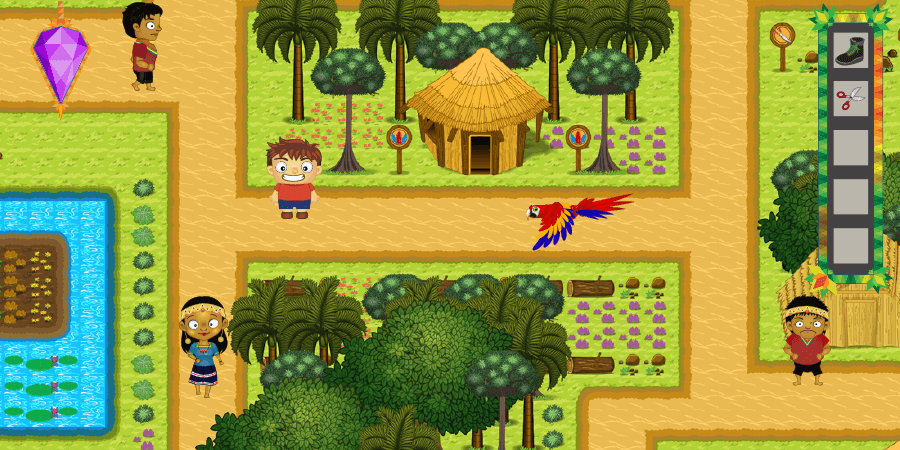
A fictional adventure game that promotes social awareness of the Amazon Rainforest. The game follows the story of a kid who get lost in the jungle, only to find a magic stone that helps him keep the jungle wilderness in balance.

I assemble and led a team of 6 people for the production of a videogame that would be played online on Facebook (desktop). Apart from leading the project, I also had responsibilities as a level designer, audio mixer, copywriter, video producer and handling the client.
Our team was integrated by 2 illustrators (1 for the characters and 1 for the animals), 1 designer (all HUD and menus), a front-end programmer (who also did the role of Game Designer), a back-end programmer (Ninja developer) and a 3D video artist.
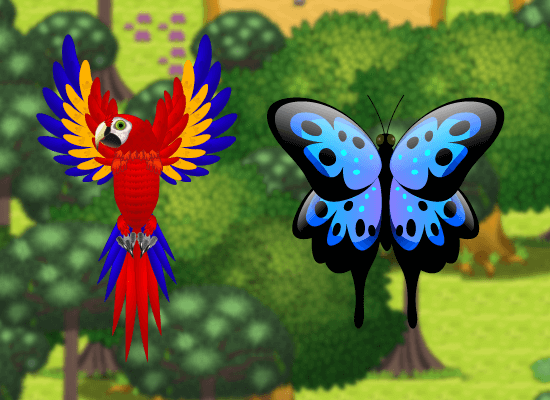

Conscientize the player about the dangers that animals suffer in the Amazon Rainforest.
The exploration of the rainforest comes with the discovery of new fauna and flora. This videogame is part of a campaign that shows the public how fragile is the ecosystem and that everyone should contribute to maintain the wonders in it.
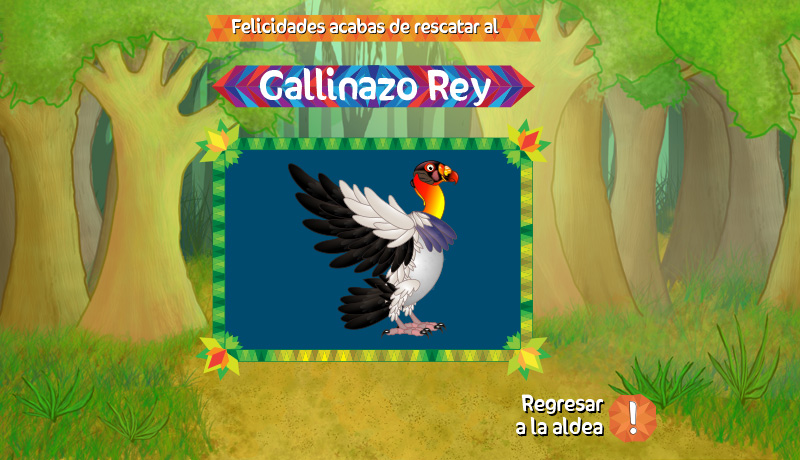
Deliver a fully functional game integrated with Facebook Notifications. The player would explore 3 different villages, the Amazonas rainforest and rescue 33 different animals. The most important of all, there have to be no evil or bad entity, which means that there not bad guys in the game.
I left out part of the process and other elements, in order to comply with the non-disclosure agreement.

We decided to try Agile Methodologies, like rapid iterations and user stories. All team members have previously work together which makes everyone more comfortable to work with, including experience developing video games. We developed a plan for the next 3 months were everyone could start working on day one.
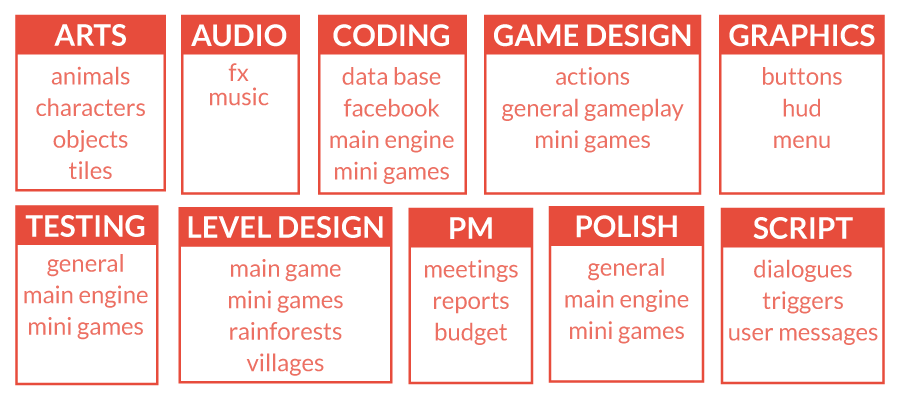
Basically the development of the game was as follows, the graphics team would start drawing different elements in order to get the style as soon as possible. The coders would start working on the main engine which we would not see much until the end of the first month.
Later on, once the engine was ready we could start working on the “look & feel” and adding different elements, like sound, building the levels and others. The user testing started at the same time with the first beta. Soon after all elements were on place, the team was focus on polishing the interactions, all minor but important details, like particles effects that would make the hero splash water, animations, parallax effects and many more.
We choose “Pixel Art” and “Vectors” styles to begin with. After a few days of user testing we discovered that pixel art was not suitable for this project. Our target users relate pixel art with old games, immediately we updated our persona for a more accurate representation of the user, where the user is more of "casual mobile gamer" than a "experienced gamer".

Credits:
All designs and illustrations were made by
Ingrid Castro
Josh Matamoros
Bernardo Ospina
We wanted a game that can resemble a real rainforest as plausible as it can be, if the village was a swamp then the village would be designed with that in mind. The same procedure was applied for animals, environments using real data.
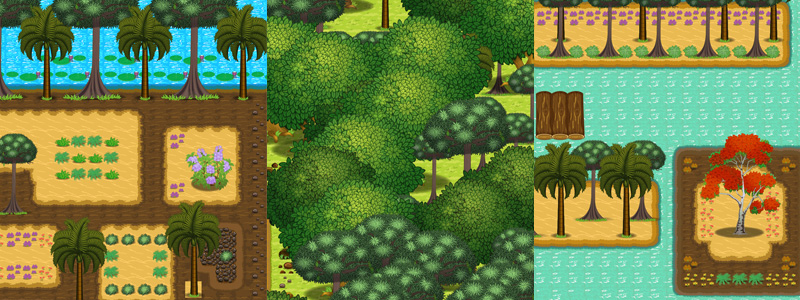
Before I started coding any of the maps, I needed to build every map using the draft reference of the game designer as inspiration. Once it was approved I can start the coding, the tiles list was so massive that I printed all of them and tape them to the monitor to help me remember most of them.
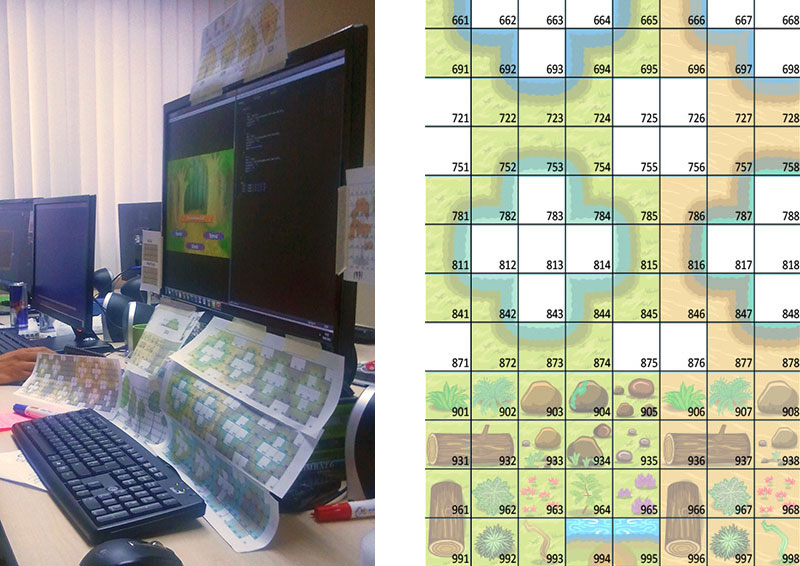
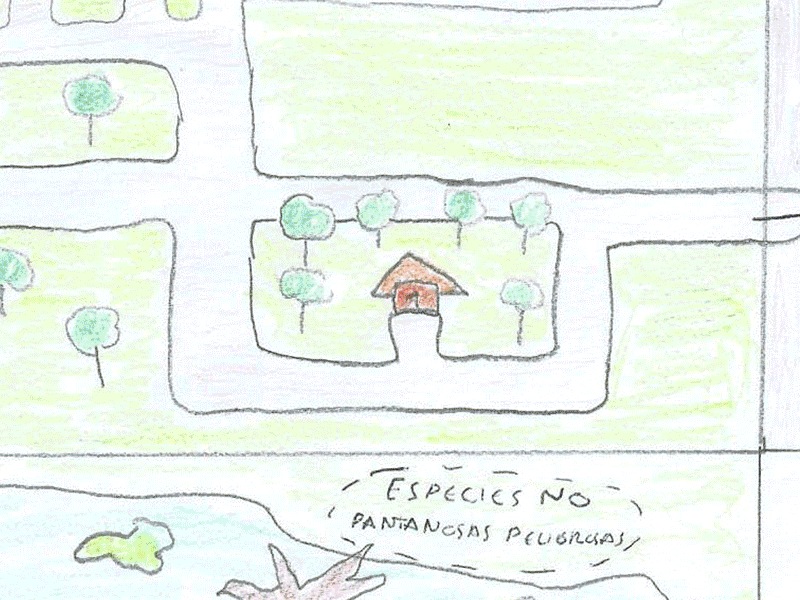
Writing the code got a tricky, there is not visual aid to help you, no at least if you want to compile every time and losing valuable time. Instead, I wrote the code in a “grid”, which reassembles the final map. Each map took half a day to write and the rest of the day would be looking for bugs.
Credits:
The game engine and other mini games were developed by
Eduardo Alvarez
Jose Espinoza
The objective of the intro video is to give a bit of a background for the story, explaining why the players is here in the middle of the jungle.

The video explains the story of the protagonist that while travelling with his friends inside the Amazonas he get lost following a monkey, on his path he found a stone that the villagers says it contains magical power.
Credits:
This 3D video was created by
Giovanny Merchan
Once the main engine was ready we started our first test; the difficulty. We needed to know how well the user navigate the map, each user would receive a list of points of interest inside the map (e.g. medicinal plants), then, we would track their routes and time. The routes would help us determine if the path we build was clear enough and counter it depending on the result (e.g. moving the POI closer to the average user route).
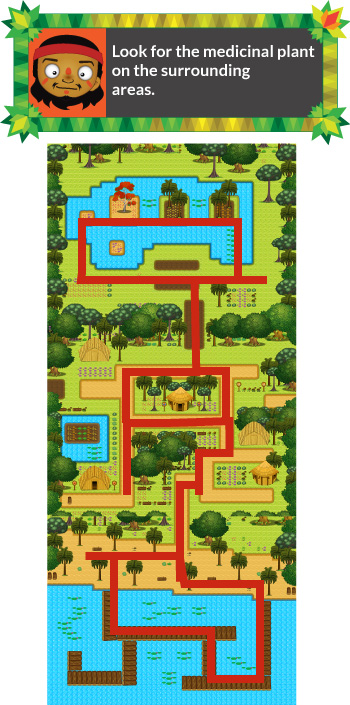
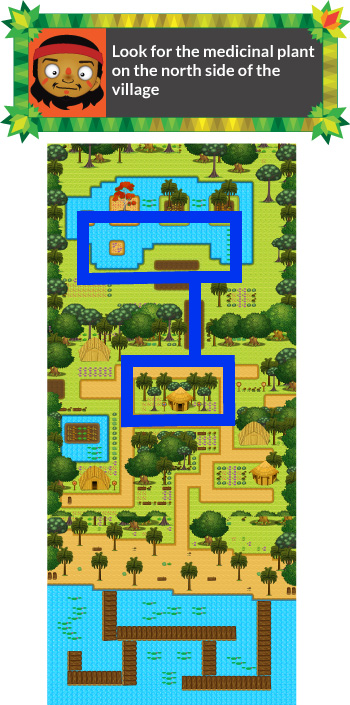
In this occasion the test revealed that users would find the plants too quickly which means that the overall of the game would be too short.
We ended using one plant per village. We also change the way we give the indications; if we wanted the game to be more difficult we would not point out that the plant is in the north side of the village.
There are different mini-games that are part of the main story, is compulsory that players clear them. We test the difficulty of the games. This game requires that the user mix potions in a specific order. The following animation give a quick glimpse on how the game works.

Originally the game allows the user to mix up to three potions with no help on how to mix t, users have to figure it out how to do it. It came out that users took longer than expected, even more, some of them feel frustrated. We fix this by reducing the quantity of potions from 3 down to 2, and if the user requires it, there would be extra help.
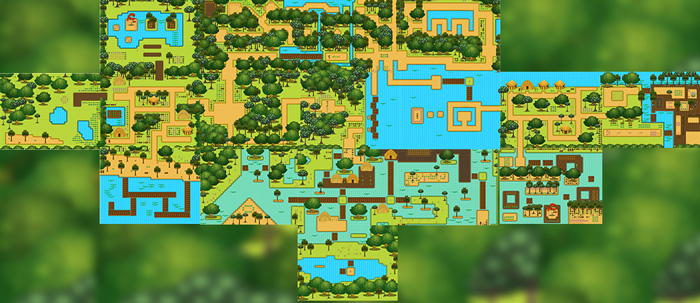
On our final test we track the time it would take to beat the whole game, the time from new players would be compared with the time from previous tests. It the time fall above the average (Too hard to complete) we would configure the mini games and other objectives in order to make it easier and vice versa.
The data collected from all the previous sessions were crucial to accomplish client requirements.

As a project leader I discovered that it actually helps if you understand each role. in the team Know what the programmers do, understand the code the limitations of the development, know how much is possible and what is not. The graphics can be a work of art, but they need to have their space maybe not in the game but in the promo art. Sound, which seem to be of less importance, is not, try to play a game without sound and half of the game goes away.
About the story, it was a huge debate, which was about what comes first the story or the engine, in our case was the engine, we have to accommodate the story to the engine capabilities, but, we discovered that a single line can change the difficulty of the game, and I have to recall there is not single enemy in the game.